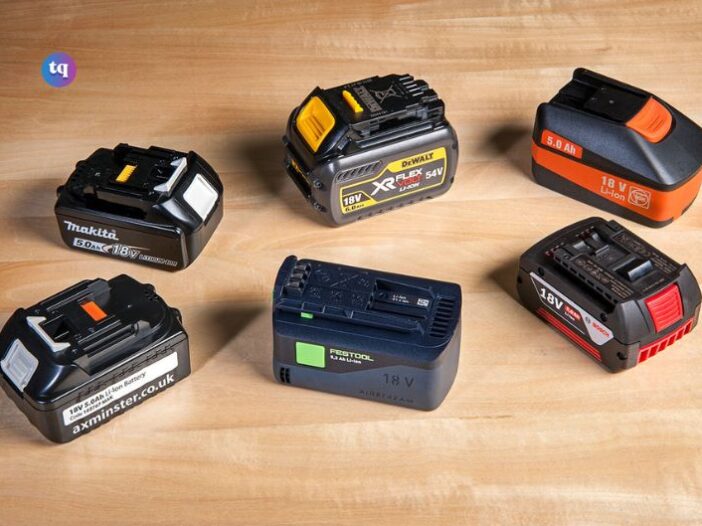
Power tools can make any task much easier. Whether you are fixing something around the house or a professional tradesperson, you will want to make sure that you have power tools in your toolkit. It is also important that you know how to select the right battery for your power tools for performance and longevity. Read on for all you need to know about choosing power tool batteries.
Table of Contents
Types of Battery
First, you need to know that there are a few different types of batteries that are available to you:
Ni-cd Batteries: Nickel-cadmium batteries are traditional, older batteries that are heavy-duty and take a while to charge up. Additionally, they have a memory effect, which means that you should always fully discharge an ni-cd battery before recharging to hold a full charge.
Lithium-ion Batteries: Next, you have lithium-ion batteries. These are the best options and are highly common nowadays. These are batteries that are lightweight, can be charged quickly, and do not have a memory effect, meaning that they can hold the same charge level over time.
Ni-Mh Batteries: Nickel metal hydride batteries, meanwhile, are heavy-duty but do not have much of a memory effect. Generally, they have a lower number of charge cycles than ni-cd batteries and are not too common nowadays.
Volts, Power, AMP Hours
Another key aspect you must consider when selecting a battery for your power tool is voltage. It is important to understand the power requirements of your tool, as these can vary. You can then find a battery with a suitable voltage. Keep in mind that the more power there is, the better the performance, so you want to choose a battery that is powerful but suitable for your tool. It is also important to choose a trusted battery brand, like the Milwaukee Forge, which utilises the latest battery technology for optimal performance.
AMP hours are also another consideration – this is the capacity of the battery and how long it will last before it needs recharging. Remember that higher runtime batteries are often bulkier and heavier, so you want to strike the right balance and consider your usage requirements.
See Also: 7 Reasons Your Car Battery Keeps Dying
Shape
You should also consider the shape of the battery. You do not want a battery that is not a good shape for your tool, as this could impact the maneuverability of the device and prevent you from carrying out work comfortably and accurately. The most common shapes include:
Pod: A block with a piece that extends to slide into the tool
Stick: Small style that slots directly into the tool
Slide: Similar to pod but needs to be slid into the tool for connectivity
Choosing the right battery for your power tool is a key decision. Hopefully, the information in this post will help you make an informed decision.